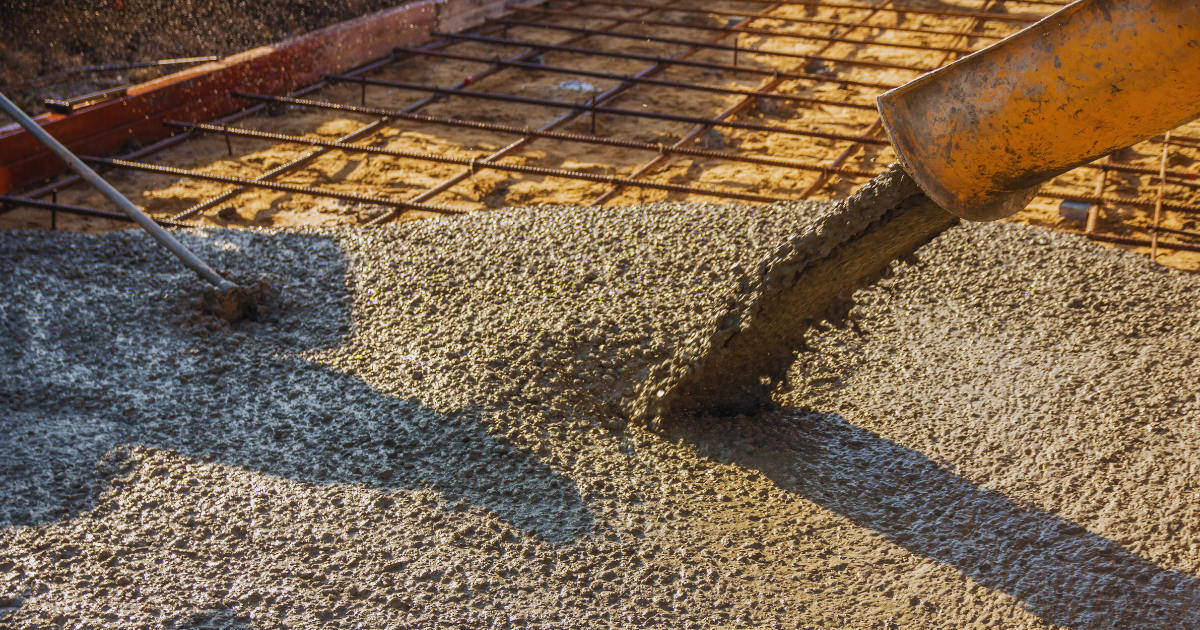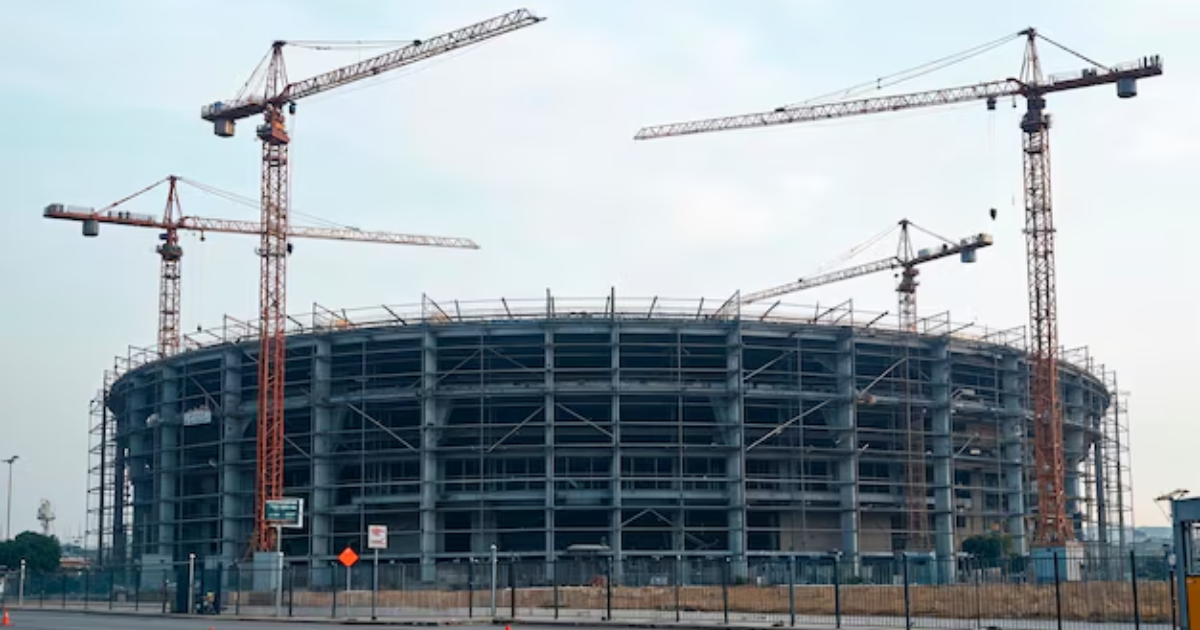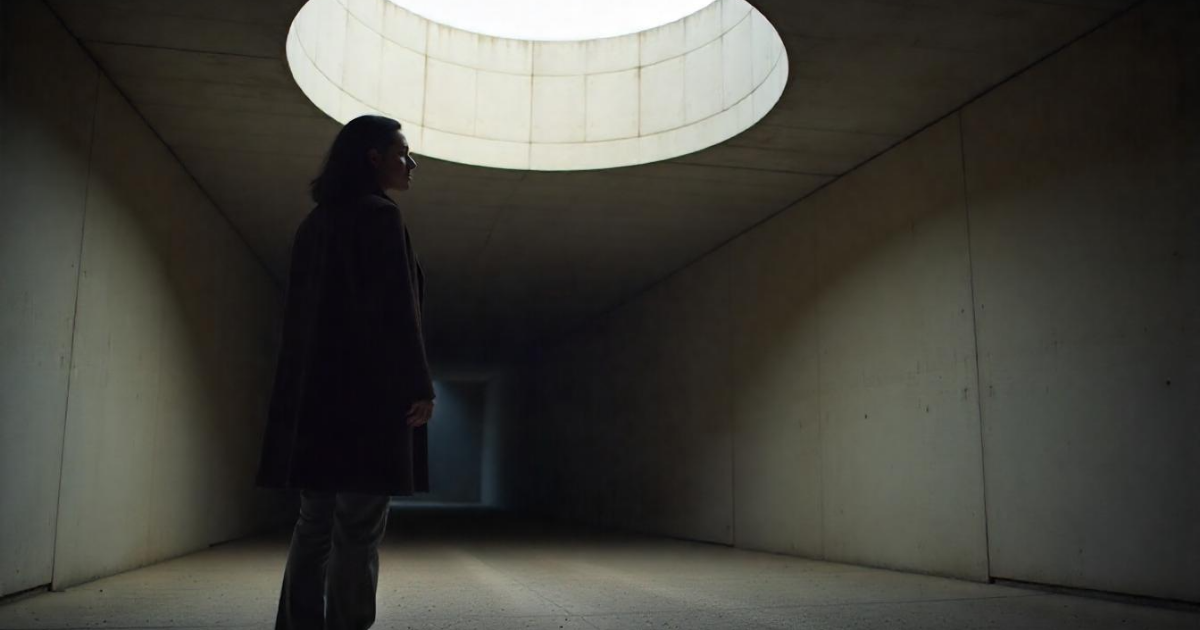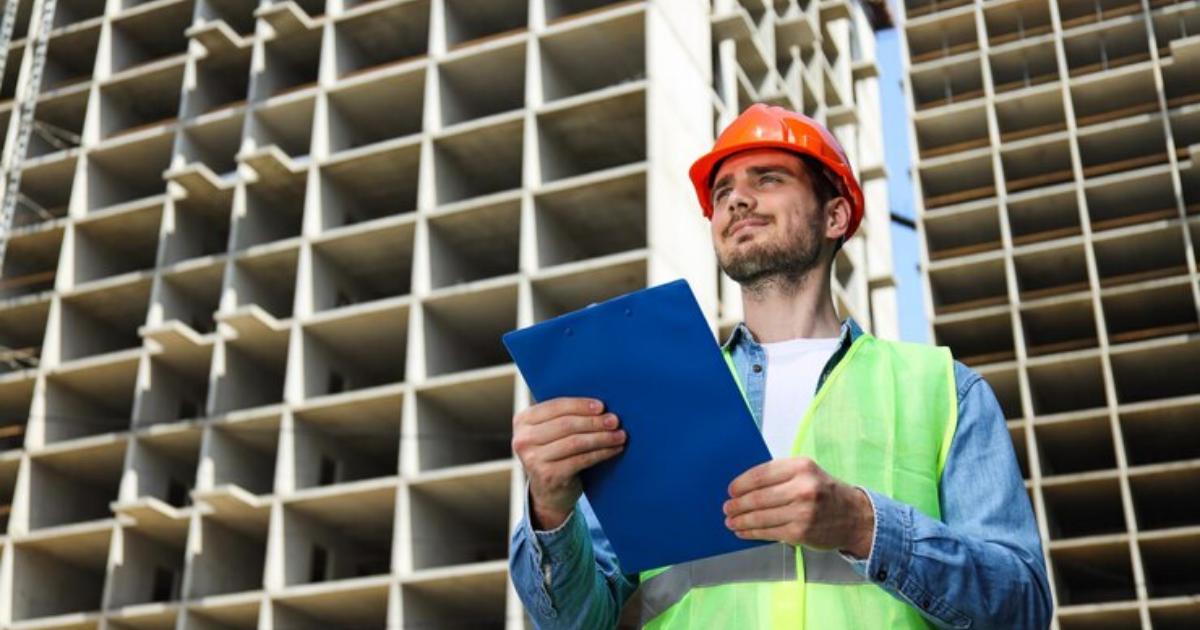Diaphragm wall construction is a widely used technique in civil engineering, particularly for deep excavation and foundation works. These walls are vital in providing structural support, especially in urban areas where space is limited, or in environments with complex soil and groundwater conditions. While diaphragm walls offer many advantages, their construction comes with its own set of challenges. In this blog, we will explore the key challenges faced during diaphragm wall construction and offer practical strategies to overcome them.
Understanding Diaphragm Wall Construction
Diaphragm walls are continuous reinforced concrete structures that are constructed in-situ, typically using the slurry trench method. They are commonly used in retaining walls, basements, tunnels, and underground structures. Diaphragm wall construction is favored for its strength, durability, and ability to provide both lateral and vertical load-bearing support. However, ensuring the structural integrity and success of the project involves addressing several technical and logistical challenges.
Key Challenges in Diaphragm Wall Construction
1. Unpredictable Ground Conditions
One of the primary challenges in diaphragm wall construction is dealing with variable and unpredictable ground conditions. The soil type, consistency, and underground obstructions can greatly affect the process. For instance, sandy soils are prone to collapse during excavation, while clay soils can cause wall deflection or slow excavation progress.
Additionally, encountering boulders, utilities, or unforeseen underground structures can disrupt the excavation process, leading to delays and increased costs.
Solution: A thorough geotechnical investigation is essential before beginning diaphragm wall construction. This helps identify the soil type and any underground obstacles that may pose risks during excavation. Engineers can then adapt their approach by selecting the appropriate equipment and construction techniques based on the findings. In the case of challenging soil types, slurry or bentonite may be used to stabilize the trench and prevent collapse.
2. Slurry Management and Trench Stability
Slurry plays a critical role in diaphragm wall construction, as it helps to stabilize the trench during excavation. However, managing the slurry effectively is not always straightforward. Poor slurry composition or improper management can lead to trench instability, collapse, or defects in the wall.
Additionally, controlling the slurry’s properties (such as density and viscosity) is crucial to maintaining trench stability throughout the process, especially when working with deep or large trenches.
Solution: To address this challenge, real-time monitoring and control of slurry properties are essential. Using high-quality bentonite or polymer-based slurries helps maintain trench stability. A proper recycling and treatment system on-site can also ensure that the slurry retains its desired properties throughout the construction process. Furthermore, trained personnel should be responsible for regularly checking and adjusting the slurry mix to suit changing conditions in the trench.
3. Groundwater Management
Groundwater poses a significant challenge in diaphragm wall construction, especially when the project site has a high water table. Uncontrolled groundwater infiltration can lead to trench instability, soil washout, and difficulties during concrete placement. If not properly managed, groundwater can compromise the strength and integrity of the diaphragm wall, potentially causing structural failures.
Solution: To effectively manage groundwater, dewatering systems may be required before and during diaphragm wall construction. These systems can lower the water table temporarily, allowing excavation and wall construction to proceed without excessive water intrusion. Additionally, engineers can install cutoff walls or impermeable barriers to prevent water from entering the trench. Waterproofing admixtures in the concrete can also enhance the wall’s resistance to water damage over time.
4. Concrete Placement and Quality Control
Achieving uniform concrete placement is a critical factor in diaphragm wall construction. The tremie method is typically used, which involves placing concrete through a pipe to avoid segregation and ensure consistent quality. However, errors in concrete placement, such as interruptions, inadequate compaction, or poor-quality control, can lead to defects like voids, cracks, or honeycombing in the wall.
Solution: Continuous and uniform concrete pouring is vital to avoid defects. The use of the tremie method ensures that concrete is placed from the bottom upwards, reducing the risk of segregation. On-site quality control checks, such as monitoring the concrete mix design, ensuring the correct water-cement ratio, and real-time testing, are essential to maintain the desired strength and durability of the wall. Additionally, post-construction testing, such as ultrasonic or core testing, can identify any potential defects in the wall.
5. Joint Construction and Water Tightness
The joints between individual sections of a diaphragm wall are another common area of concern. Improperly constructed or sealed joints can lead to water infiltration, structural weakness, and reduced durability. This issue is particularly critical in projects that rely on diaphragm walls to retain soil or water, such as basements or retaining structures.
Solution: To ensure watertight joints, proper planning and reinforcement of joint sections are required. Using water stops or steel profiles can help strengthen these areas and prevent water leakage. Injection grouting can also be used to seal joints after construction and provide additional waterproofing. Careful consideration of joint locations and spacing can help distribute stresses evenly, minimizing the risk of structural failure.
6. Equipment and Site Constraints
Diaphragm wall construction typically requires large equipment, such as grab cranes and trench cutters. However, in urban areas with limited space, maneuvering these machines can be challenging. Additionally, construction activities may cause disruptions due to noise, vibration, and dust, affecting nearby residents or businesses.
Solution: The solution to equipment and site constraints lies in efficient planning and coordination. Modular equipment that can operate in smaller spaces can be employed in congested areas. Contractors can also implement noise-reduction measures, such as sound barriers, and use low-vibration excavation techniques to minimize the impact on surrounding areas. Scheduling work during off-peak hours and adopting strict dust control measures also help reduce disruptions in busy urban environments.
Conclusion
Diaphragm wall construction is a highly effective technique for deep excavation and structural support, but it is not without its challenges. From variable soil conditions and groundwater management to ensuring concrete quality and joint integrity, each phase of diaphragm wall construction requires careful planning, monitoring, and execution.
By addressing these key challenges through thorough geotechnical investigations, proper slurry management, effective groundwater control, and continuous quality checks, engineers can ensure the successful and efficient completion of diaphragm wall projects. With ongoing advancements in construction technology and better site management practices, diaphragm walls will continue to play a critical role in modern infrastructure development.
Diaphragm wall construction is not only about building strong, reliable structures but also about adapting to the unique challenges of each project site. By overcoming these obstacles, diaphragm walls can provide long-lasting, safe, and sustainable solutions for deep excavation projects around the world.







